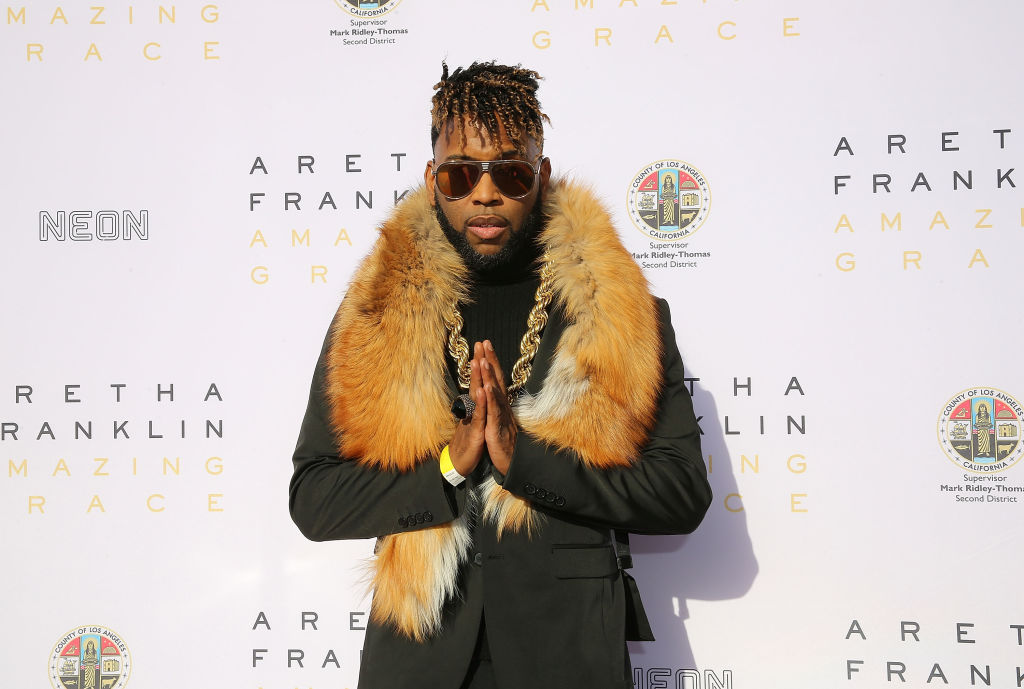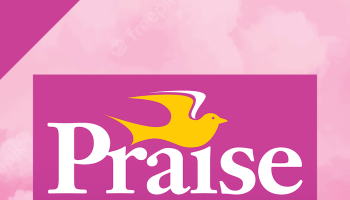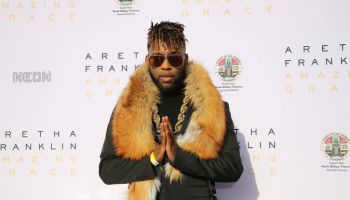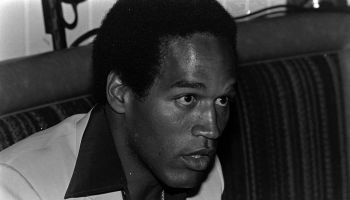The city of Indianapolis played a major role in the Negro Baseball League. The Indianapolis Clowns were the dominant team in the 1950s, claiming the pennant in 1950, 1951, 1952 and 1954. Baseball great Henry “Hank” Aaron made his professional debut with the Clowns in 1952, at age 18. Although the most successful of the local teams, the Clowns were not the first.
The Indianapolis ABCs, sponsored by the American Brewing Co., rose to prominence in 1915. The team came to Indianapolis in 1914 from Birmingham, Ala., via West Baden, Ind., and claimed the “colored World Championship” in 1916. The ABCs were members of the original Negro National League when it formed in 1920 and Indianapolis hosted the league’s initial contest on May 2, 1920.
The team was managed by Charles I. Taylor, who was widely considered one of the best early Negro League managers. After Taylor died in 1922, his widow, Olivia, tried to hold the team together, but by 1924, the team was struggling and withdrew from the league. It re-joined in 1925, but after two unsuccessful seasons chose not to return. A revived team re-entered the Negro National League in 1931. It competed in the Negro Southern League in 1932, and in the Negro American League in 1938 and 1939.
The ABCs had some of baseball’s finest players, including Oscar Charleston, Binge DeMoss, Cannonball Dick Redding and William “Dizzy” Dismukes. Charleston, an Indianapolis native, was the most well known of the ABCs. Referred to in the black sports press as “The Hoosier Comet,” he had a career that spanned four decades. In the early years of the Negro League he was its biggest star. In 1922, he became a player/manager, first in the Eastern Colored League, and then in the United States League. When the United States League disbanded, after the Major Leagues integrated, he accepted a management position with the Indianapolis Clowns. He remained with the Clowns until his death in 1954. He was inducted into the Baseball Hall of Fame in 1976.
William “Willie” Owens, who grew up in Indianapolis, was a shortstop for the ABCs from 1925 to 1933. He also played with several other Negro League teams. After retiring from baseball he became a professional pool player and then owned a pool hall and tavern in Indianapolis for many years. He died in 1999, at age 98.
The Negro Leagues struggled throughout the 1930s with many clubs returning to barnstorming, rather than having a league affiliation, including the Ethiopian Clowns. They operated out of Miami and although the players were talented and skilled, they had a reputation for extreme comic behavior as a means to draw crowds. In 1943 the team was accepted into the Negro American League – provided they stop their on-field antics. However, they remained one of the most popular teams on the circuit, especially during barnstorming exhibition games which were played in front of largely white crowds.
The team located in Cincinnati, but claimed both Cincinnati and Indianapolis as home. By 1946 the Clowns were operating exclusively out of Indianapolis and represented the city in the NAL through 1954. Anticipating the demise of the league, the Clowns withdrew from the circuit and again became a barnstorming team.
The Negro Leagues were a breeding ground for young black talent. Willie Mays went from the Birmingham Black Barons to the New York Giants. The Kansas City Monarchs produced more than two dozen major league players including Satchel Paige, Ernie Banks, Jackie Robinson and Aaron.
The Negro League offered not only men a chance to play professional baseball, it also featured women players. Three women played for the Clowns. Toni Stone was the first woman to ever play professional baseball as a regular on a big-league team. She joined the Clowns in 1953, playing second base. She ran 100 yards in 11 seconds and maintained a .243 average. A highlight of her career came in a 1953 exhibition game when she hit a single off of Satchel Paige. After playing 50 games with the Clowns she was traded to the Kansas City Monarchs, and retired in 1954. She is in the Women’s Sports Hall of Fame. Connie Morgan was 19 when she joined the Clowns in 1954, replacing Toni Stone at second base. She had been an all-around amateur athlete in Philadelphia when she saw a story saying the Clowns were seeking players. Utility player and pitcher Mamie “Peanut” Johnson played for the Clowns in 1954. She left baseball in 1955 to care for her son and became a nurse.
according to indystar.com















